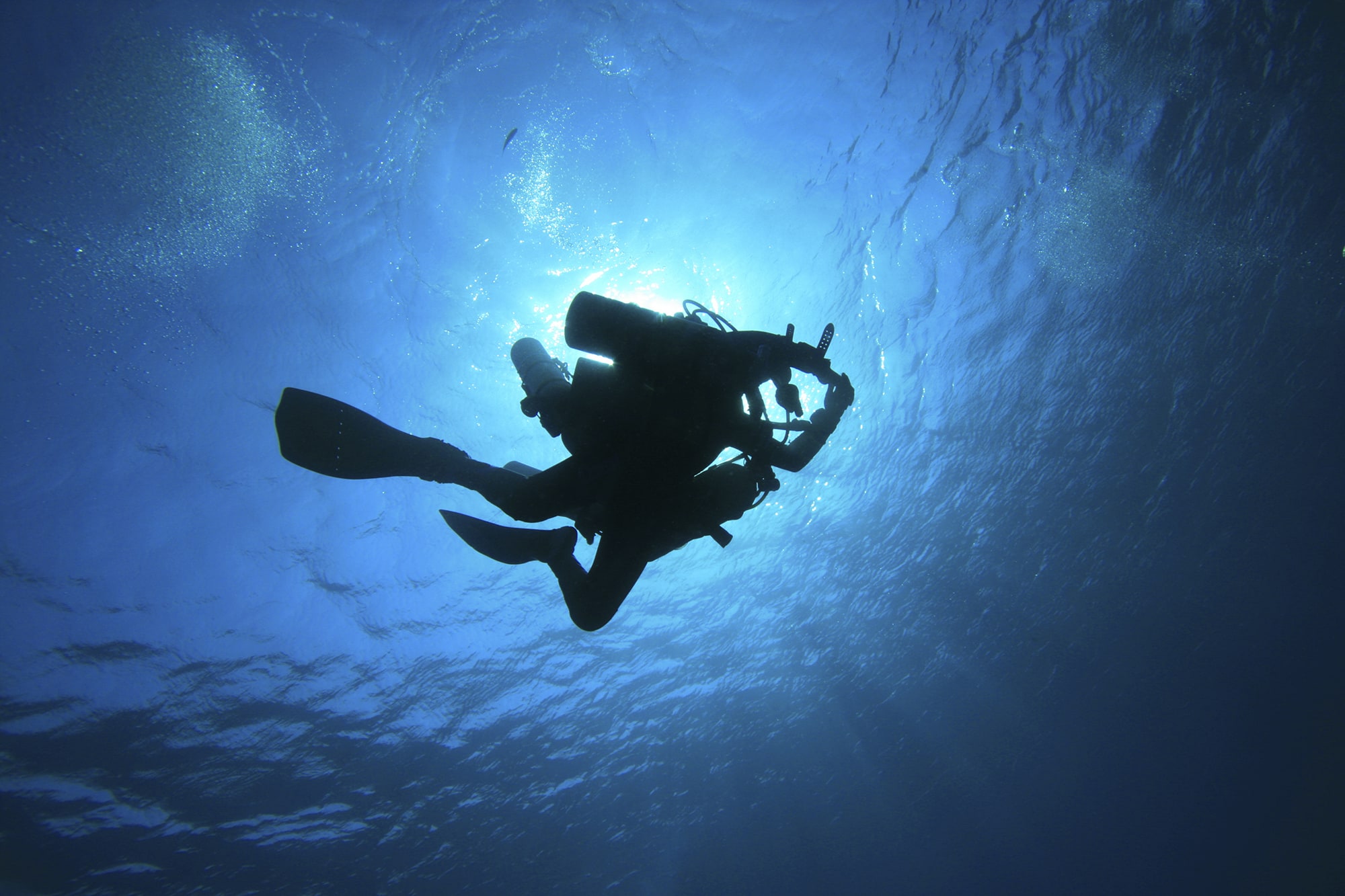With the Flying Bubbles Project, DAN Research takes off!
After a long and accurate phase of tests, an innovative research project on Flying after Diving and no-fly time has just taken off. The project originates from a collaboration among DAN Europe, Neos airlines, Albatros Top Boat and DiveSystem. The objective is to monitor the presence of gas bubbles in divers during a return flight after diving. For this reason, DAN researchers will be on board some of the vessels of the Neos fleet, conducting ultrasound exams.
DAN’s research division, always active in the detection of post-dive bubbles, has asked Neos to collaborate in the exploration of this aspect of travelling and diving that until now has remained unknown. Divers nowadays are in fact the perfect epitomes of a globetrotter: always in movement, ready for anything in the pursuit of their passion. It may happen that some ignore or overlook the recommendations regarding no-fly time, that is to say, the minimum interval of time recommended between a dive and flying, and they embark too soon, thus increasing the risk of DCS – Decompression Sickness.
Decompression Sickness (DCS) is a pathology of decompression that is caused by the formation of bubbles within the bloodstream or in tissues that result when inert gas (nitrogen) is not eliminated, and that can have serious consequences.
To avoid the formation of gas bubbles, divers who travel by plane after a dive must respect the intervals of safety. Reliable studies in this field have been conducted by DAN, and it is advised to wait at least 12 hours after a single dive within the safety curve, and 24 hours after a series of dives or a dive with decompression. These recommendations are based on observations made pre and post-dive and on mathematical calculations. Though until now, researchers have not had access to fundamental physiological data, like that which is taken from monitoring in flight. Thanks to this development, it has become possible to conduct research and make contact with a prestigious aeronautic partner who believes in the project.
The detection of bubbles using ultrasound during flight represents a step further toward greater safety for those explorers of the abyss that are also air travellers.
For further information, write to:
[email protected]

